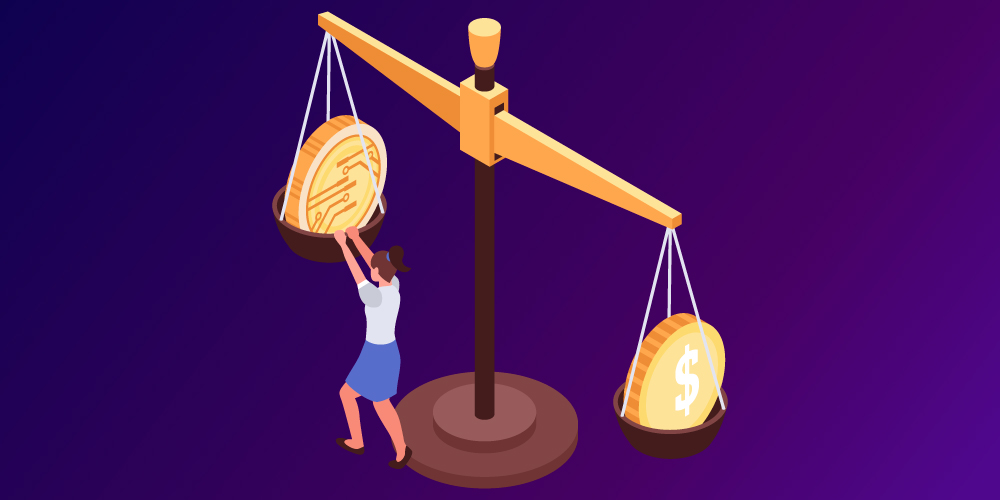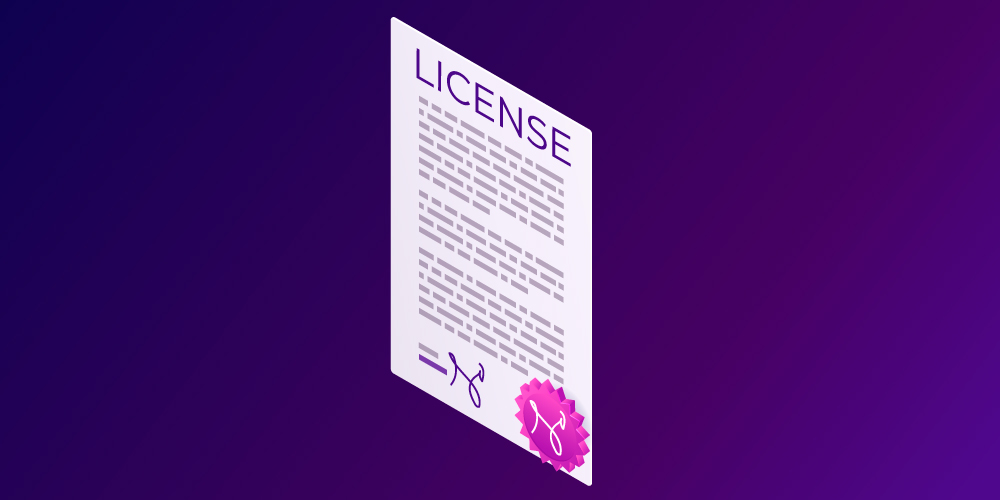Cryptocurrencies are becoming an integral part of our society. They are actively penetrating all areas of our life: we use them for payments and investments.
Non-cash systems are the latest hot topic of debate
What if there was a space where there would be no politics at all? It would not base its assessment on the whim of any government. A truly limitless and trustworthy system that would allow money to be what it really is: a currency. It is also a system that is easy to learn and integrate into everyday life. There are a number of exchange platforms that are specifically designed to be simple and inexpensive for use by novice users. This is the crypto space.
Which is really worrisome. Like any centralized monetary system, even if it exists and is widely used today, many taxpayers bear the lion’s share of financial responsibility when it comes to maintaining and sustaining these systems and institutions. So, in fact, it is not surprising that these reservations have found a stronger foothold in the hearts of many. If you’ve ever traveled abroad with your debit card, you may be well aware of how expensive it is to have a firm and complete control over your finances. Expensive ATM fees do little to reduce the fees associated with currency conversion. losing this card while on vacation can be disastrous – and even more expensive than the original plan.
This is just one example of the related reasons why most people give up on the idea of moving to a cashless society – a discussion that is disrupted again and again after COVID-19. As the exchange of tangible money has been supplanted as a known transmitter of virus particles, many businesses have switched to contactless payments or card-only payments. The cashless system was further developed due to the acute shortage of coins around the world. However, these problems do not exist in the decentralized paradigm.
Bitcoin tokenization of tradable assets
Bitcoin and other cryptocurrencies seem almost adapted to the current crisis. Thus, many believe that bitcoin inventor Satoshi Nakamoto created the cryptocurrency as an effective response to the subprime mortgage crisis. This is largely because cryptocurrencies are limitless, unreliable, secure, transparent, and decentralized money systems. This means that there is a small Commission associated with transactions of any cryptocurrency, a public Ledger, multiple KYC protocols, almost instant transactions – these are completely limitless payment systems.
In addition, since cryptocurrencies are decentralized, there are few authoritative power structures within them that need support. You can turn anything into a crypto token. From cattle to accounting services. You can tokenize literally any product or service.
Obviously, the Fiat currency is the most recognized and globally agreed form of payment and exchange, but it is not the only system that exists or existed, and was not actually used until the 20th century.
It has been a long time since most Fiat systems functioned under the “gold standard”rule. This means that the ruble, dollar, or pound you hold in your hand may once have been worth its face value in gold, but now it means much, much, less. This is largely due to the efforts of quantitative easing and schemes of artificial inflation. When governments print money to make sure that they have enough of it, thereby reducing the real value of Fiat money until its value can not even exceed the price of the paper on which it is printed. Just the value of an idea that many people agree with.
Moving forward with cryptocurrency

This business of printing money has Willy-nilly led to devastating financial crises, recessions, and hyperinflation. Just because the fiat system is still in use doesn’t mean it’s the best solution. This means that it may be time to look at cryptocurrencies as a vehicle for unbiased and incorruptible trading.
Cryptocurrencies that can be brightly represented by Bitcoin, are designed on the basis of principle of artificial scarcity, which means that they derive their value solely from interest and interaction with the cryptocurrency itself. No one will ever be able to develop more, they are worth what they are worth – a value that cannot be manipulated. Anyone can also trade them. They do not require excessive maintenance and are a perfect example of what a democratized currency actually looks like.
So while introducing another centralized and flexible currency system – a cashless one-may be a terrible idea, we should all remember that in the face of change, this is not a discussion of an ultimatum. We have a completely different choice, quietly looking all of us right in the eye. Maybe it’s time for us to pay attention to it.
Last year, the famous futurist Thomas Frey predicted that by 2030, cryptocurrencies will replace 25% of Fiat assets. Venture capitalist Tim Draper said back in 2017 that Bitcoin and altcoins will completely replace traditional money in 5 years. Analysts at Morgan Creek Capital Management in their stock market review for the 2nd quarter of 2018 also made a statement that in the future, Fiat will be completely replaced by cryptocurrency.
Today, however, traditional money and cryptocurrencies remain inextricably linked: the value of cryptocurrencies is estimated in terms of Fiat money, Fiat money becomes digital, and many other cryptocurrency platforms launch traditional asset trading. One way or another, the existing competition between the Fiat currency and crypto markets may well lead to their complete merger.
As cryptocurrency adoption continues, businesses already using cryptocurrency payment processing platforms are likely to fare better than those that restrict payments in fiat currency. Cross-border fees, exchange rates, and transaction times are just a few of the obstacles that such platforms remove.
The advantage of such platforms is that users can not only receive and send crypto assets, but also store and exchange them. The platform also serves fiat money, which is key because both forms of payment co-exist.
As the likes of Facebook, Telegram, and even governments develop and issue cryptocurrencies, having independent but regulated platforms is key.
After a slow start, the adoption of cryptocurrencies has been much faster than in the case of bank cards and international bank transfer platforms.
Transaction time and fees, transparency, and the absence of geographical boundaries continue to be the advantage of crypts over Fiat money and traditional banking platforms.
Cheaper services using cryptocurrencies
The cryptocurrency market is only at the initial stage of its development. However, fiat platforms are already seeing their potential, which eliminates inefficiency and excessive Commission structure.
Major players are adding support for buying, selling, and implementing cryptocurrencies to their existing service capabilities. According to a study conducted By blockchain Clovr, 15.8% of respondents (112 out of 707) use cryptocurrency to send money home, and this number is likely to only grow.
The popular international payment system Neteller also gave users the opportunity to buy and sell Bitcoin, Ethereum, Ethereum Classic, Litecoin and Bitcoin Cash using one of the 28 available world currencies. Webmoney, Payeer and many others provide similar services. Now PayPal has joined them.
How is the cryptocurrency market adapting to the fiat money market

From the very beginning, cryptocurrency platforms tried to find a compromise between digital and fiat currencies in order to attract traditional traders and popularize the crypto currency.
Popular crypto exchanges support depositing and withdrawing funds in Fiat currencies, as well as trading crypto assets in pairs with Fiat currencies. In the future, the next key event will be the addition of custodial services to support the adoption of cryptocurrencies as an alternative to paper money.
Earlier this year, the SEC cited the lack of custodial services as one of the reasons for the delay in approving bitcoin ETFs. As the market develops, a number of players are already researching and providing such services.
Custodians are organizations that hold securities and other assets owned by clients.
Cryptocurrency services are moving to a qualitatively new level of customer service, attracting third-party custodians who ensure the security of customer funds or implement their own custodial solutions.
For example, in the summer of 2018, Coinbase became an official custodian by entering into an agreement with an accredited broker, Electronic Transaction Clearing, and receiving approval from the new York regulatory authority. The Coinbase Custody service is aimed at large institutional investors, while BitGo and the xapo cryptocurrency wallet provide storage services for a wide range of users.
Obtaining a banking license

Some cryptocurrency services purchase a banking license to simplify internal operations.
Since the advent of cryptocurrencies, many proponents of this new money have positioned them as a replacement for fiat currencies. Today it has become obvious that digital currencies are not only similar to monetary units, but also solve many other tasks, providing fast and secure transactions, transparent and stable management of financial payment systems in companies, significantly reducing costs due to the absence of intermediaries, and many others.
At the same time, the crypto market works closely with the fiat money market, and companies that use the strengths of both systems gain a serious competitive advantage. Therefore, leading players in both markets are joining forces to provide businesses and private users with even more opportunities using new multifunctional solutions.


